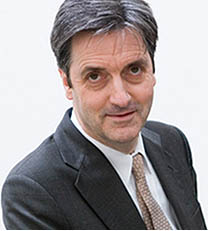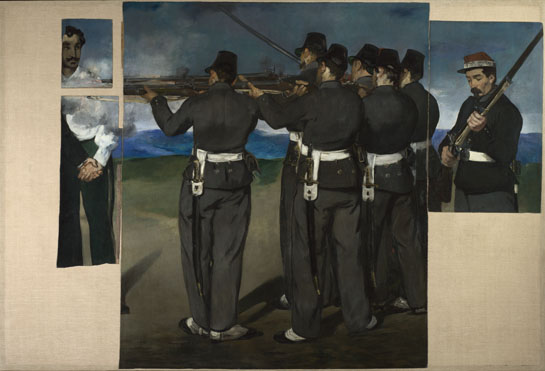 Hooray — again — for Nicholas Penny, director of the National Gallery in London. Here’s a guy who is willing to speak up, plainly and clearly, about various museum and arts issues, and let the chips fall where they may. (In case you do not recall, I last mentioned him here, when he spoke out against breaking a deed of gift to send the Burrell collection on the road to raise money, and I previously agreed with his take on the sameness of contemporary art collections.) I don’t always agree with Penny, but — from the comments he makes that I learn of — I like that he is willing, when necessary, to take unpopular stances.
Hooray — again — for Nicholas Penny, director of the National Gallery in London. Here’s a guy who is willing to speak up, plainly and clearly, about various museum and arts issues, and let the chips fall where they may. (In case you do not recall, I last mentioned him here, when he spoke out against breaking a deed of gift to send the Burrell collection on the road to raise money, and I previously agreed with his take on the sameness of contemporary art collections.) I don’t always agree with Penny, but — from the comments he makes that I learn of — I like that he is willing, when necessary, to take unpopular stances.
In a new interview, Penny reflected on the current art world, saying (boldface mine):
- Of artists who are out of favor (like Perugino): “…it’s too obviously important to put these artists in the basement. But we are, I often think, looking after them for the time when they’ll make more impression. People underestimate the degree to which someone in my position should be thinking about posterity, ensuring that the pictures get there – which means not just their conservation but keeping alive some of the scholarly and critical interest which will be more significant in the future.”
- “I don’t believe art up to the present should be taught at university. Because of consumer demand, the explosion of teaching of contemporary art now is colossal – and it is achieved at the expense of older art. We at the National Gallery should do more to become a magnet for scholarship.â€
- “I never attend much to the importance of numbers. You only have to spend time in a gallery to realise how little most people look.”
- “The curious phenomenon is that contemporary art is descended from the avant-garde but has taken something that was a radical, complex gesture and made it popular and simple, so it misrepresents [modernism’s] tradition. Have you noticed the symbolic way in museums that contemporary art is always interpolated in collections of Old Masters but no one dares to put it with modern art? It would never look cutting edge because it’s not doing anything very different.â€
- “There is an underlying fear in museums that if enough young people don’t go, it will be dead in the future. But it’s not true. Young people go to see contemporary art, then they have children, take them to see old paintings and develop a taste for it themselves.”
Yeah for him in particular on the last point, with which I heartily agree.
 Rightly, the interviewer – Jackie Wullschlager, writing recently in the Financial Times, calls Penny “a traditionalist who is so defiant he is radical.” Aside from the Burrell comments, she cites his opposition to “crazes for expensive blockbusters (“it’s not a beauty competitionâ€) [and] contemporary art wings in museums (“deadly . . . the same white walls with the same loud, large, obvious, instantly recognisable products lined up on themâ€).”
Rightly, the interviewer – Jackie Wullschlager, writing recently in the Financial Times, calls Penny “a traditionalist who is so defiant he is radical.” Aside from the Burrell comments, she cites his opposition to “crazes for expensive blockbusters (“it’s not a beauty competitionâ€) [and] contemporary art wings in museums (“deadly . . . the same white walls with the same loud, large, obvious, instantly recognisable products lined up on themâ€).”
But don’t start thinking that Penny, being at the National Gallery, is in an ivory tower, unchallenged by contemporary tides and unlikely to think about mundane subjects like access. In fact, he is doing something else I’ve often advocated: sending a single masterpiece out as an exhibition. Last September, the NG announced that beginning this month it was inaugurating a three-year Masterpiece Tour of the U.K. The program begins this month with Manet’s The Execution of Maximilian (at right) going on the road to Beaney House of Art & Knowledge of Canterbury Museums and Galleries, The Bowes Museum at Barnard Castle and Mead Gallery at University of Warwick.
There’s much more in the interview, which is worth a read whether or not you agree with the quotes I’ve excerpted.
Photo Credits: Courtesy of the National Gallery
